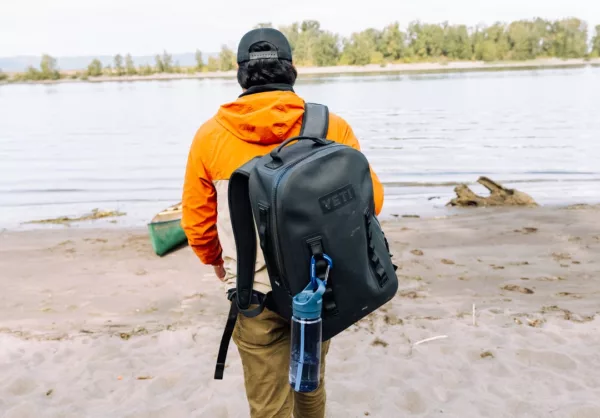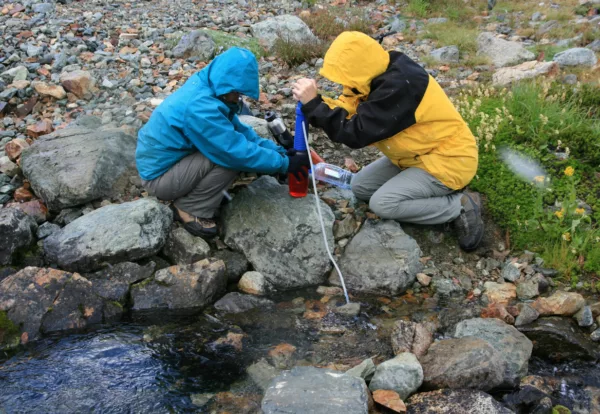The Cast Iron Pan is the Only Cookware Campers Need
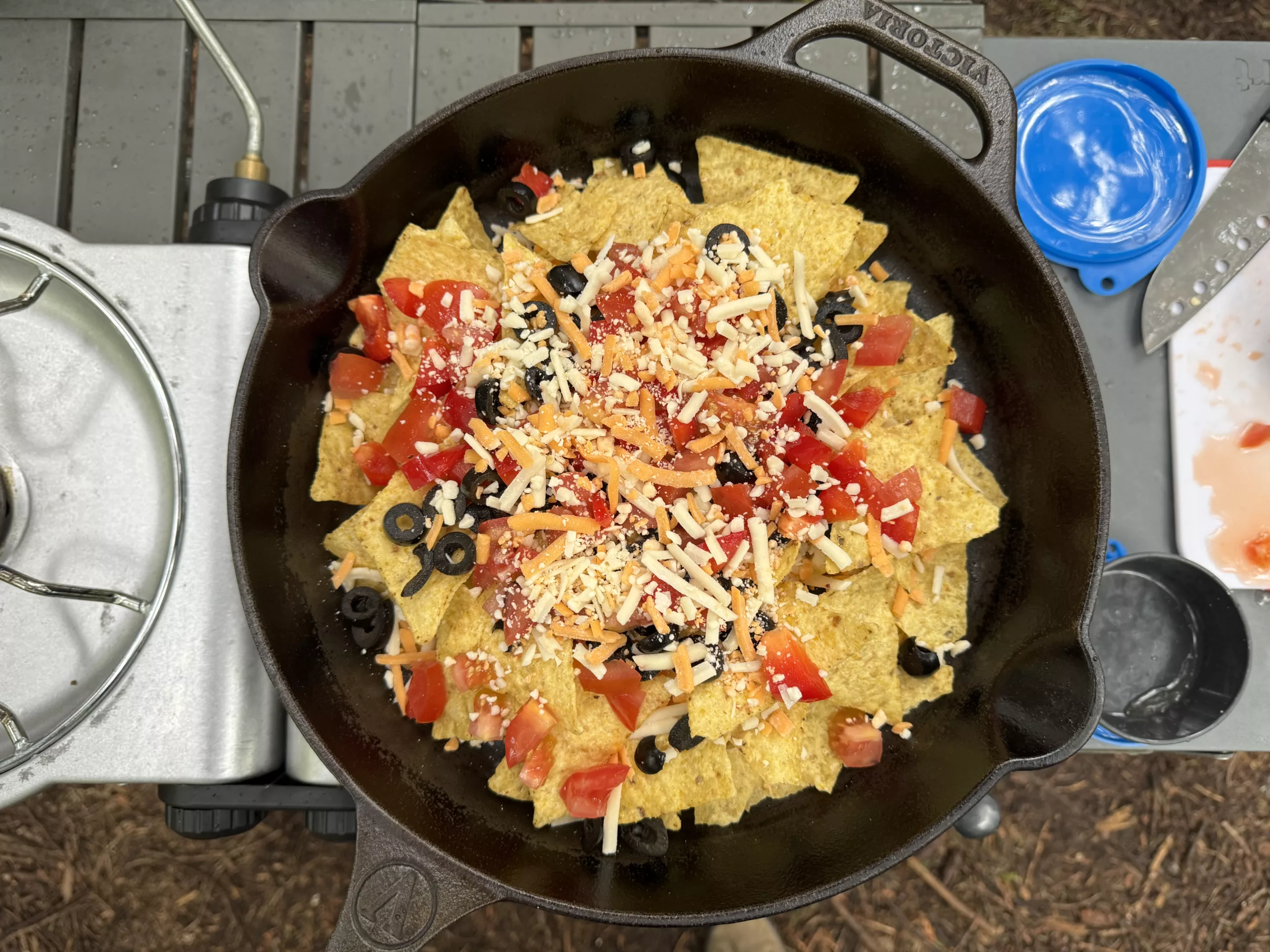
Versatile, durable and easy to maintain, cast iron pans are a game changer for cooking outdoors.
Though most gram-counting backpackers will find this too heavy to lug into the wilderness, cast iron pans are perfect for those car camping and in RVs, due to their robust construction and ability to withstand rough handling. With a cast iron pan, there’s no need to choose between multiple pots and pans for your campsite kitchen, as it’s all you need for sizzling sausages at breakfast, cooking up some beans and rice for lunch and searing burgers for dinner. Here’s why these pans are worth investing in.
They’re Nearly Indestructible
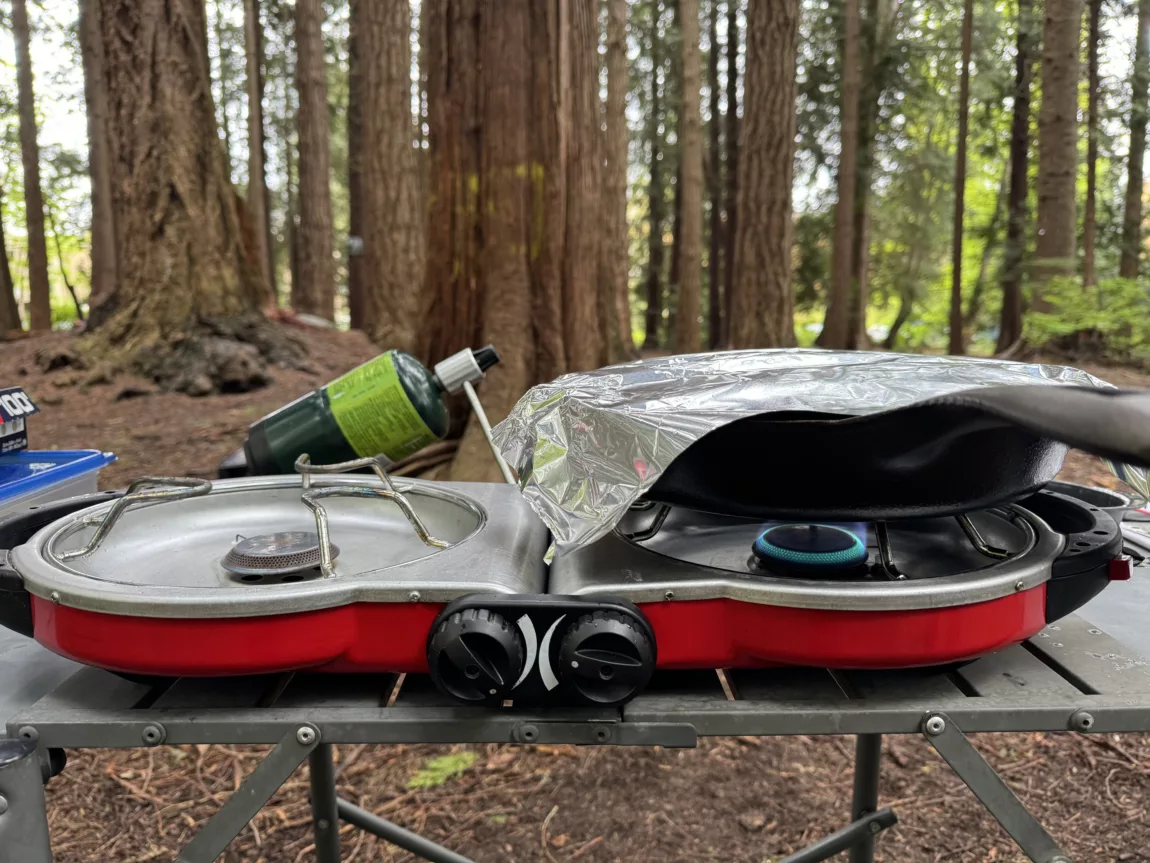
Their ability to endure heavy use and high temperatures makes them nearly indestructible and an excellent choice for both indoor and outdoor cooking. Because of its high carbon content and thicker construction compared to other types of cookware made from carbon steel, copper and aluminum, cast iron pans can withstand high temperatures without warping.
This includes cooking over direct flames or in high heat. Even if a cast iron pan becomes rusted, it can often be restored to its original condition by removing the rust and old seasoning with steel wool or a chain-mail scrubber, cleaning and re-seasoning it.
They Can Be Used Over Various Heat Sources

Because you can fry, sauté, simmer and grill with a single pan, this eliminates the need for multiple types of cookware. Plus, cast iron pans work well on a variety of heat sources, including campfires, gas stoves and charcoal, making them highly adaptable to different camping environments.
Gas stoves are preferred for precise heat control but if you’re after that rich smokiness that only cooking on charcoal can provide, create zones of direct and indirect heat for more control over the cooking process. Placing the pan directly on hot coals gives you high heat, perfect for searing ingredients or cooking foods quickly. Just keep in mind, cooking with charcoal can be messier due to the ash. Similarly, cooking over an open flame can still create hot spots even though cast iron pans can distribute heat evenly. To avoid burning your food, move the pan around frequently and use a campfire grate for a more stable cooking surface and better temperature control.
How to Care for Cast Iron Pans
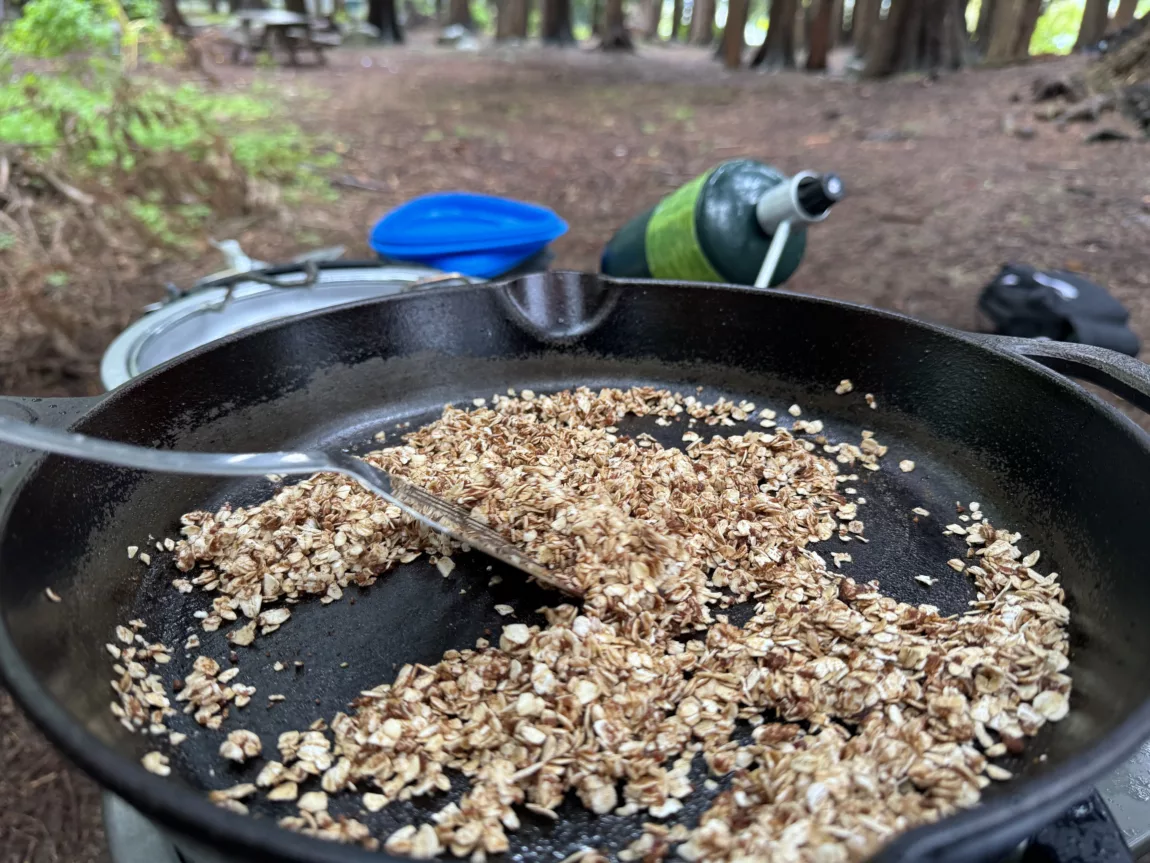
Properly cleaning a cast iron pan is essential to maintaining its seasoning and preventing rust, which will help the pan last for generations. Since moisture can cause cast iron to rust, it’s essential to clean the pan after each use and store it in a dry spot.
After cooking, rinse your pan with hot water and remove any food residue with a sponge or non-metal brush. While the use of soap is hotly debated among cast iron enthusiasts because it can strip the seasoning, a mild detergent is recommended if the pan has stubborn food bits clinging to it. Or, a sprinkle of coarse salt, like kosher or sea salt, can help lift off food debris when scrubbed with a brush.
If you’re not using any soap, cast iron pans are sterilized during the cooking process when they reach 100°C. After rinsing, dry the pan on the stovetop over low heat, then apply a thin layer of neutral oil, such as canola, grapeseed or vegetable, to the entire surface, including the handle and bottom. Heat the pan on the stove for a few minutes to allow the oil to bond with the pan, reinforcing the seasoning. Use a lint-free cloth or paper towel to coat the pan evenly and wipe off any excess oil. This protective layer of polymerized oil creates a natural non-stick surface.
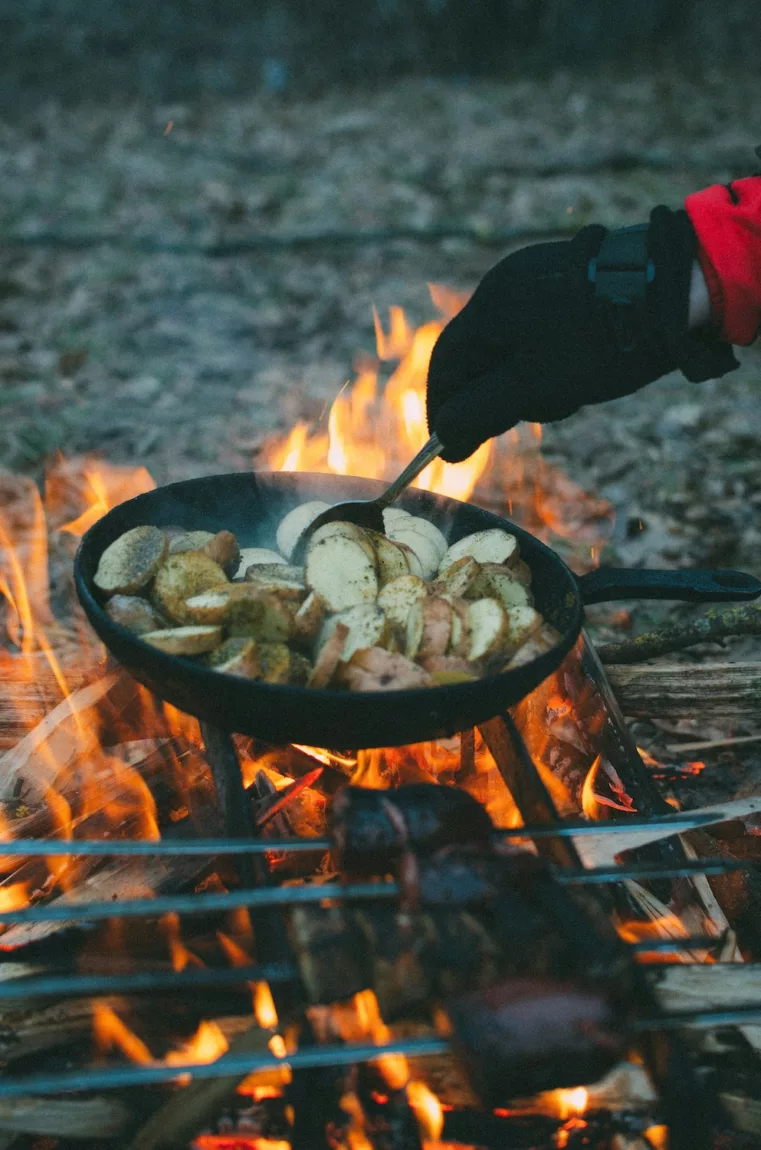
Unlike non-stick coatings that degrade over time, the seasoning on a cast iron pan can be maintained and repaired indefinitely. This makes cast iron a long-lasting investment compared to other materials that might need to be replaced if damaged.
How to Shop for a Cast Iron Pan
While the price of cast iron pans can vary widely, ranging from $30 to over $250, it’s important to note that a higher price doesn’t always equate to better quality. When shopping for a cast iron pan, there are several factors to consider ensuring you select one that suits your needs and cooking style.
If you’re looking for a pan that can transition seamlessly from the kitchen to outdoor cooking, consider its size and weight. While an eight-inch skillet may be ideal for solo meals, a 10 or 12-inch skillet would be more suitable to cook for a group but remain manageable for transport.
Many cast iron pans, like this budget-friendly and cult favourite 10.25-inch one by Lodge, come pre-seasoned and ready to use immediately, which is convenient for those new to cooking with this type of cookware. For added flexibility, consider pans with deeper sides, allowing you to deep fry ingredients and simmer stews. Additionally, pans with pour spouts on the sides can make draining liquids easier and prevent spills.










